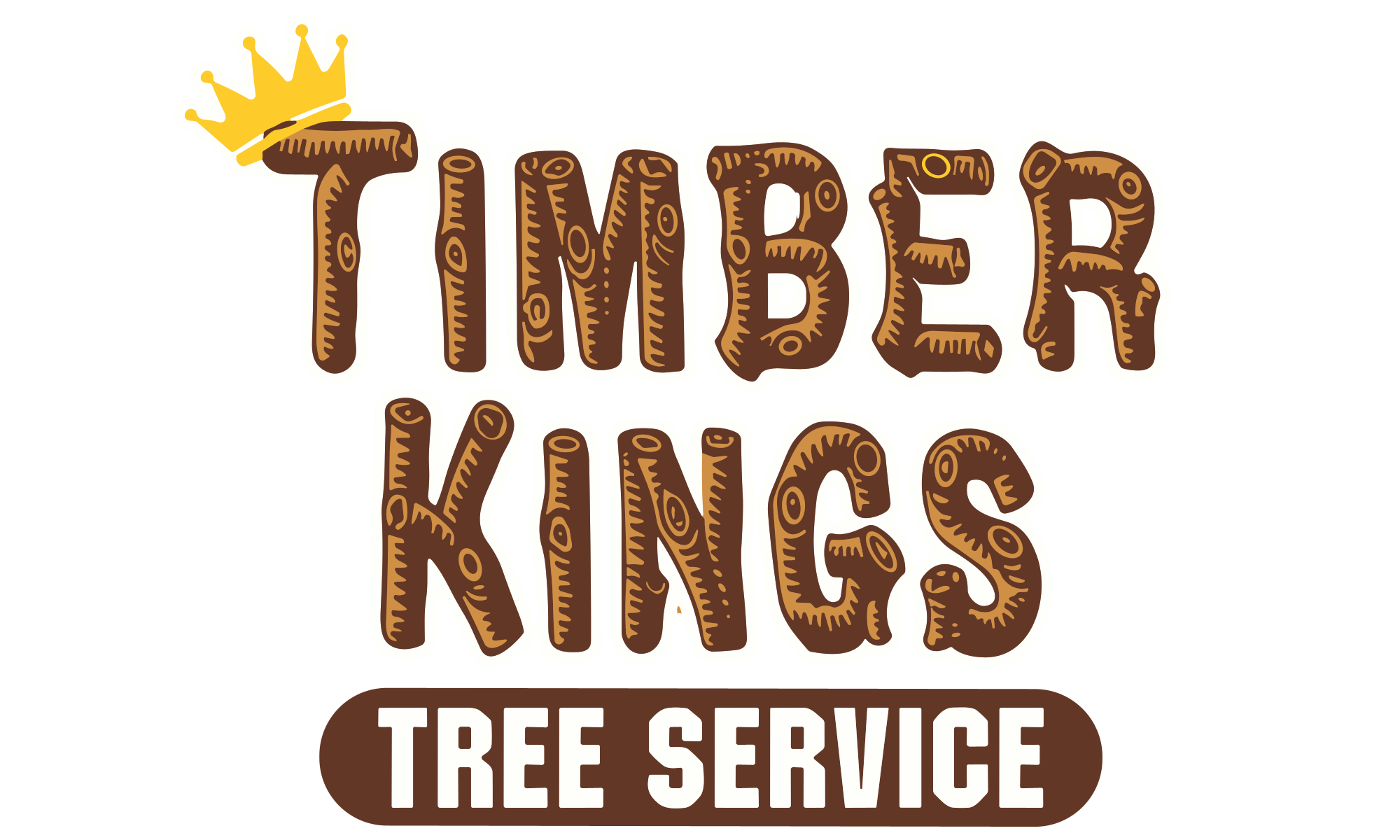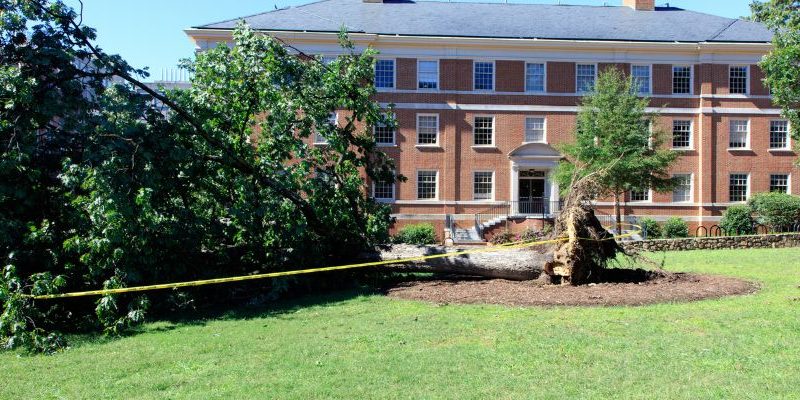Storms can wreak havoc on your property, especially on the trees that adorn your landscape. Effective storm preparation for trees is crucial in minimizing damage and protecting your property. This guide delves into strategies and practical tips for safeguarding your trees against storm damage, ensuring they remain resilient and healthy.
Table Of Contents
Understanding the Importance of Storm Preparation
Proper storm preparation can significantly reduce the risk of tree damage and its associated costs. It involves taking proactive measures to strengthen trees and mitigate potential hazards.
Why Storm Preparation Matters
Storms can cause branches to break, trees to uproot, and significant property damage. Preparing your trees in advance can prevent these scenarios, protecting both your trees and your property. A comprehensive post storm tree damage guide highlights the importance of timely intervention and maintenance.
Assessing Tree Health
The first step in storm preparation is assessing the health of your trees. Look for signs of decay, disease, or structural weaknesses. Healthy trees are more likely to withstand strong winds and heavy rains. Regular inspections by a professional can identify potential issues early.
Common Types of Storm Damage
Understanding the types of storm damage can help you prepare more effectively. Common issues include broken branches, split trunks, and uprooted trees. Knowing what to look for can guide your preparation efforts and ensure you take the right steps to protect your trees.
Proactive Measures for Tree Protection
Taking proactive measures before a storm hits can make a significant difference. These actions can help minimize damage and enhance the resilience of your trees.
Pruning and Trimming
Regular pruning and trimming are essential for maintaining tree health and structure. Removing weak or dead branches reduces the risk of them breaking off during a storm. Professional storm damage tree services in Valrico, FL, can provide expert pruning to ensure your trees are well-maintained and less prone to storm damage.
Strengthening Tree Structure
Cabling and bracing are techniques used to strengthen the structure of a tree. These methods involve installing flexible cables or rigid rods to support weak branches or trunks. This added support can prevent breakage and help the tree withstand strong winds.
Mulching and Soil Care
Proper mulching and soil care enhance the overall health of your trees. Mulch helps retain moisture, regulate soil temperature, and protect roots from damage. Healthy soil promotes strong root systems, which are crucial for tree stability during storms.
Post-Storm Actions and Recovery
Knowing what to do after a storm is just as important as preparing beforehand. Prompt and appropriate actions can help your trees recover and prevent further damage.
Immediate Inspection and Assessment
After a storm, inspect your trees for damage. Look for broken branches, leaning trees, and exposed roots. A detailed post storm tree damage guide can provide steps for assessing the extent of the damage and prioritizing necessary actions.
Professional Tree Services
Engaging professional tree services is essential for addressing significant storm damage. Storm damage tree services in Valrico, FL, can safely remove damaged branches, stabilize leaning trees, and provide necessary treatments to promote recovery. Professionals have the expertise and equipment to handle complex situations effectively.
Long-Term Recovery and Care
Recovery from storm damage can take time. Continue to monitor your trees for signs of stress or disease. Regular watering, proper fertilization, and ongoing care are crucial for helping your trees regain their health and strength. Professional guidance can ensure that recovery efforts are effective and sustainable.
Final Wording
Effective storm preparation for trees is vital for protecting your property and ensuring the health and longevity of your landscape. By understanding the importance of preparation, taking proactive measures, and knowing how to respond after a storm, you can minimize damage and support your trees’ resilience. A comprehensive post storm tree damage guide and professional storm damage tree services in Valrico, FL, are invaluable resources in this process.
Remember, the key to protecting your trees and property lies in preparation, timely action, and ongoing care. By following these guidelines, you can create a safer and more resilient environment for your trees and property.
FAQ’s
1. What are the key steps in preparing my trees for a storm?
Preparing your trees for a storm involves several key steps. Start with a thorough assessment of tree health, looking for signs of disease or structural weaknesses. Regular pruning and trimming are essential to remove dead or weak branches. Additionally, consider cabling and bracing to support vulnerable trees, and ensure proper mulching and soil care to promote strong root systems. These proactive measures can significantly reduce the risk of storm damage.
2. How often should I have my trees inspected by a professional?
It’s recommended to have your trees inspected by a professional at least once a year. However, if you live in an area prone to severe storms, biannual inspections may be beneficial. Regular assessments can identify potential hazards early and ensure that your trees are in optimal condition to withstand storms.
3. What should I do immediately after a storm to assess tree damage?
After a storm, conduct a careful inspection of your trees. Look for broken branches, leaning trees, and exposed or damaged roots. A detailed post storm tree damage guide can help you assess the severity of the damage. For significant issues, contact professional storm damage tree services in Valrico, FL, to handle dangerous situations and perform necessary recovery actions.
4. How can cabling and bracing help protect my trees during a storm?
Cabling and bracing involve installing flexible cables or rigid rods to support weak branches or trunks. This added support helps prevent breakage and improves the tree’s ability to withstand strong winds. These techniques are particularly useful for mature trees with heavy limbs or those with structural weaknesses.
5. Why is mulching important for storm preparation, and how should it be done?
Mulching is important for retaining soil moisture, regulating soil temperature, and protecting tree roots. Proper mulching helps create a healthy environment for your trees, promoting strong root systems that enhance stability during storms. Apply a layer of mulch around the base of the tree, extending out to the drip line, but avoid piling mulch directly against the trunk to prevent rot.







